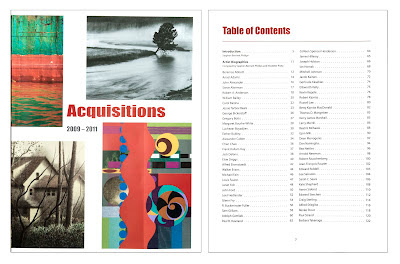 |
| (c) Tim Hyde |
When it comes to collecting fine-art photography, MEG member Timothy Hyde is our resident expert. Tim holds exceptional works from both emerging and well-known photographers, including Arbus, Mann, Winogrand, Eggleston and many others. In a series of blog posts, Tim is sharing his thoughts on collecting in today’s rapidly-evolving art market. This month he covers “editioning,” a topic that can be both complicated and controversial.
If you’re a serious fine art photographer, should you “edition,” or sign and number your prints? The topic of editioning often sparks debate among photographers and collectors alike.
The biggest argument for editioning is that many serious collectors pay close attention to whether a photographic work is signed and numbered (i.e., part of a limited edition) and how it is editioned (i.e., how many prints are in the edition). Collectors care because editioned prints are more likely to increase or hold their value in the secondary art market, an important consideration for individuals who consider fine art photography an investment.
Understanding the distinctions between primary and secondary art markets is important when discussiong editioning. The primary art market is the retail market, the market where art is sold by galleries or directly by the artist. Work sold in the primary market benefits the artist directly, with a commission going to the gallery. The secondary market is the market where art is resold by collectors and others who have acquired it either in the primary market, by gift, inheritance, or elsewhere in the secondary market. Secondary markets can be estate sales, art-house auctions, eBay, or resale/consignment by a gallery.
The secondary market offers some distinct advantages for the photography collector who considers his activity, partly or wholly, an investment decision. Prices, at least theoretically, reflect real market value, not the speculative value set by a gallery and artist, Nor does it include the often hefty gallery markup.
The goal for every artist is to see his or her work sold in the secondary market at prices higher than the retail market. This not only suggests that artist has “arrived,” but it creates interest—even buzz—in an artist’s work at retail.
A living fine-art photographer who does not edition can raise prices, but will rarely see his or her work appreciate because there is no rational market mechanism to push prices up. Why would a collector pay more for a work at auction or on eBay than one can buy it for directly from the artist or from his or her gallery? There is, by definition, no possibility for demand to exceed supply, because the supply is unlimited, and cannot be limited until that artist dies. (There are exceptions. Sometimes an artist will withdraw or “retire” a print, immediately capping the number of prints available. In rare cases with established artists, this increases interest in that work.)
Now, there are plenty of examples of a photographer’s work selling for less than retail in the secondary market—on eBay, for example. The sad fact is that most galleries are reluctant to buy back an artist’s work, especially and almost without exception a living artist’s uneditioned work. This is less true at the high end, and with editioned work, because it is the gallery’s interest to see prices stabilized and NOT fall below retail value.
Coming Soon: Part II – the editioning process






























